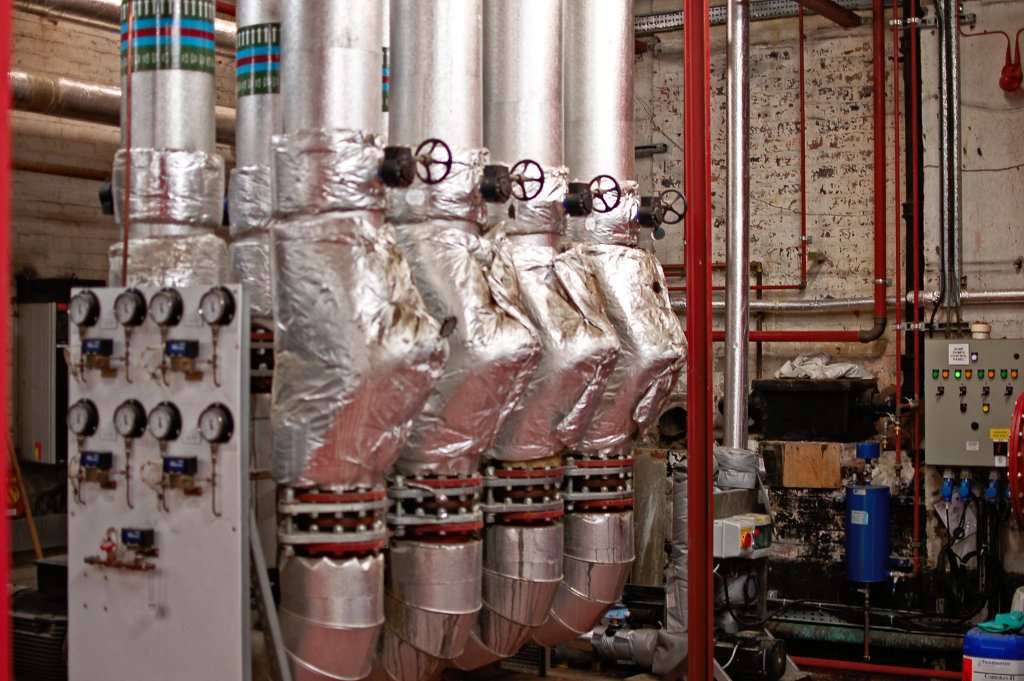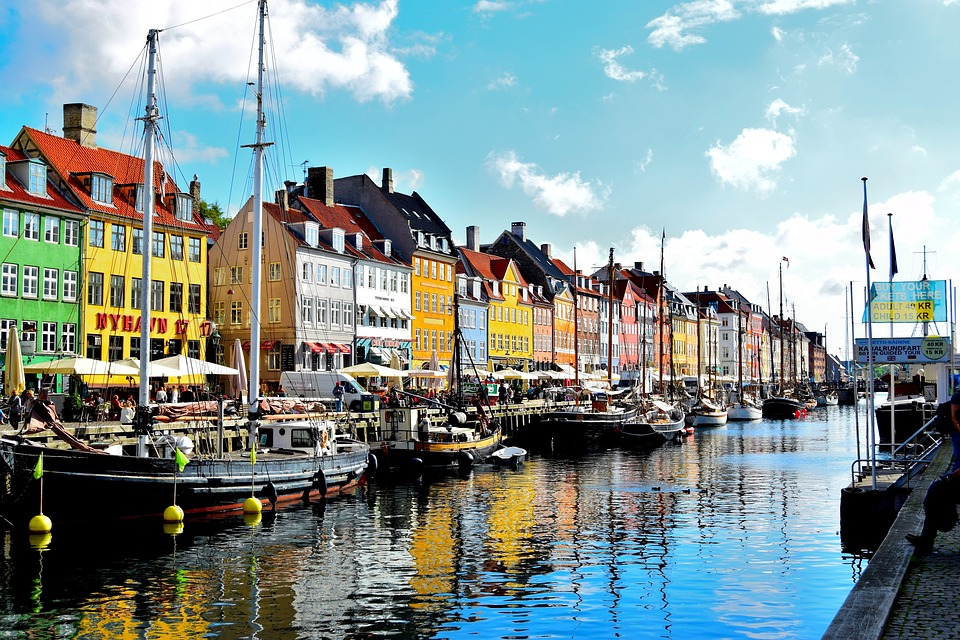A zero carbon future: the role of district heating in Scotland

Projects Coordinator, Aisling O’Reilly, shares her knowledge of heat networks in Scotland, stories from the Vital Energi Conference as well as some examples of where the industry is headed from at home and abroad.
There’s been a lot of talk recently about the future for fossil fuels, the transition to renewable technologies and the need to create a zero carbon economy. One aspect of this journey, which maybe hasn’t been granted as much attention, is the development and use of heat networks.
District heating
 Heat networks, also known as district heating, are a means of heating multiple buildings at once, from a large centralised source. So instead of having one gas boiler or heating system in a flat, the entire block of flats (or even a whole town) would be heated by one large system, which pumps out heat in the form of hot water or steam, through a series of pipes. District heating has proven to be an efficient and economical means of heating our buildings. One reason for this is that it can capture and recirculate heat that would otherwise be wasted. Excess heat from homes, businesses and factories can be funneled back into the heat network, reducing waste, fuel consumption, carbon emissions and lowering bills for everyone.
Heat networks, also known as district heating, are a means of heating multiple buildings at once, from a large centralised source. So instead of having one gas boiler or heating system in a flat, the entire block of flats (or even a whole town) would be heated by one large system, which pumps out heat in the form of hot water or steam, through a series of pipes. District heating has proven to be an efficient and economical means of heating our buildings. One reason for this is that it can capture and recirculate heat that would otherwise be wasted. Excess heat from homes, businesses and factories can be funneled back into the heat network, reducing waste, fuel consumption, carbon emissions and lowering bills for everyone.
The University was one of the first adopters of district heating and today a series of heating pipes underlie the University of Edinburgh’s campuses, distributing heat from one of the five gas-fired combined heat and power plants (CHP).
Find out more about the University’s CHPs
Adapting existing infrastructure
To achieve the IPCC targets (Intergovernmental Panel on Climate Change) and avert the disastrous impacts of climate change, these heat networks and their source can no longer just be efficient. They must be low carbon and by 2050, zero carbon. But that’s where heat networks show a key strength, they’re adaptable. Right now, the University’s heat networks are powered by gas. However, that doesn’t mean they need be in the future, and increasingly we’re seeing moves towards renewable technologies.
These technologies range from biomass systems (wood and other organic matter), to geothermal (heat from underground) and water-based heat pumps. The recent “Developing your Heat Network” Event in Edinburgh, hosted by Vital Energi, highlighted some of the projects in Scotland which are pushing the boundaries when it comes to zero carbon technologies.
Visit their page about district heating

The Halo Centre
The Halo Centre, a community-led regeneration project in Kilmarnock will deliver a mixed-use development which includes an Innovation and Enterprise Centre, social housing and leisure facilities. As part of the development, a deep geothermal well will be installed. When complete, it will be the first of its kind in Scotland and will provide heat to the entire complex through a district heating network.
Scotland’s first deep geothermal district heating network
Find out more about Halo Kilmarnock
Barriers and unanswered questions
At the event, we heard many stories about unique and interesting projects taking off across Scotland and one thing was clear, it isn’t all plain sailing. There are many barriers to overcome and questions that still need to be answered.
Regulation:
How will this growing industry be regulated and how can accountability be assigned? For example, what happens if the heat supplier goes out of business?
Consumer Protection:
How can we ensure that householders and businesses are protected and that they pay a fair price for their fuel bills?
Incentives:
How can we incentivise companies to invest in low carbon technologies and renewables like heat pumps, when the tried and tested gas-fired power plants are cheaper to run. Also, how can we incentivise more people to connect to existing district heating networks?
 These are just of the few questions that need answers. They are complex and inter-related. However, many other countries have found solutions to these questions and have had great success as a result. For example, as of 2016, Denmark’s district heating served 63% of the population, with 98% of all buildings connected in Copenhagen. Not only this, almost 50% of the heat comes directly from renewable sources. With policy goals to eliminate fossil fuels from electricity and heat by 2035, Denmark’s well-established district heating network and centralised energy supply leaves the country in a prime position to achieve this.
These are just of the few questions that need answers. They are complex and inter-related. However, many other countries have found solutions to these questions and have had great success as a result. For example, as of 2016, Denmark’s district heating served 63% of the population, with 98% of all buildings connected in Copenhagen. Not only this, almost 50% of the heat comes directly from renewable sources. With policy goals to eliminate fossil fuels from electricity and heat by 2035, Denmark’s well-established district heating network and centralised energy supply leaves the country in a prime position to achieve this.
Conclusion
The Vital Energi Conference, despite raising some concerns and barriers, has given me confidence that district heating can help Scotland transition to a zero carbon economy. The question is whether this will be quick enough to catch up to our Scandinavian neighbours and achieve the ever more pressing IPCC targets.
Find out about the University’s goal to become Zero carbon by 2040





Recent comments